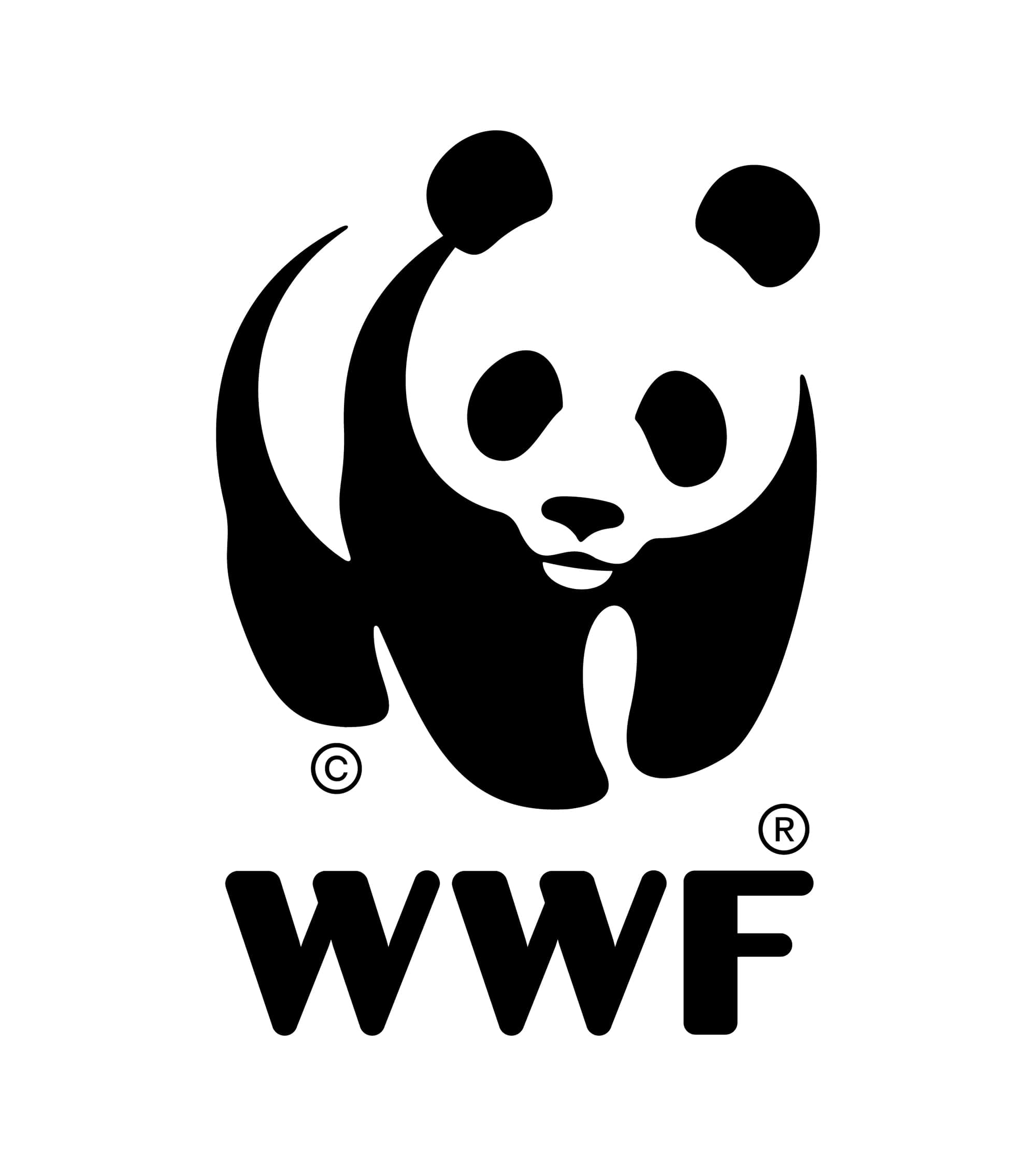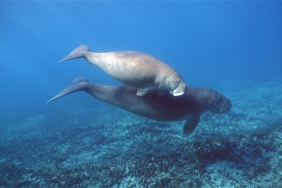WORLD TUNA DAY 2023: RESTORING TUNA ABUNDANCE TO BENEFIT PEOPLE AND NATURE
On World Tuna Day, WWF International, Pepe Clarke Head of Ocean Practice, reminds us that tuna play a critical role in marine ecosystems, and that overfishing - which jeopardizes ocean health - is bad for the planet as a whole.
Fifteen species of tuna have been discovered and they are wonders of the sea - powerful predators, highly adapted to their environment. They make marathon migrations, but can also use incredible speed, diving like torpedoes.
Atlantic bluefin tuna tops the list among other tuna species. To know this species, you can imagine a fish as big as a boat (up to 3.75 meters), as heavy as a horse (750+ kilograms) and faster than a greyhound (70+ kilometers per hour). Imagine a school of these creatures, glowing turquoise and silver in the ocean. As they dive and surface, they mix up the water column, bringing nutrients from the deep to the surface and feeding other fish.
Atlantic bluefin tuna are apex predators and play an important role in keeping the marine environment in balance by keeping populations of prey species in check.
Excessive Fishing
Bluefin tuna fishing in the East Atlantic and Mediterranean increased dramatically in the 1980s and 90s. Fishing activities were conducted with almost no restrictions, a free-for-all. Reconnaissance planes and speed boats were used to find shoals of tuna. More fishermen meant more supply, so prices dropped and fishing effort increased. It was a disaster.
Then in 1996, Atlantic bluefin tuna was listed as an endangered species; in the Eastern Atlantic and Mediterranean, populations were down 85% compared to 1950s levels.
When catch limits were finally introduced in the late 90s, they were still too high to stem the decline, and weak monitoring or enforcement meant these modest limits had little impact. The drive for profit became the fast track to the demise of the profit source - there seemed to be a flaw in the logic.
Better Late than Never
Finally, in 2006, a series of management measures were agreed upon. These included a significant reduction in fishing vessels, the implementation of science-based catch limits, the establishment of minimum sizes so that juvenile fish would not be caught before they could spawn, a ban on surveillance aircraft, and the placement of observers on many vessels to monitor compliance.
What was easy to summarize years later was not easy to achieve then. It required compromise and commitment from groups with different interests: fishers, fish dealers, governments, scientists, conservationists - even consumers. People need to know where their fish comes from and how it was caught, and make sensible choices about how often they consume it.
But with the participation of all those groups, the reforms worked. The Atlantic bluefin tuna population has now largely recovered, with population trends continuing to increase. Last year, new rules were adopted that would increase or decrease catch limits in line with stock status, freeing management decisions from short-term political pressures.
As Indonesia has done, in 2020 it amended and updated regulations regarding the designation of protected areas and the prohibition of fishing in spawning areas in the Republic of Indonesia's fisheries management area 714 in October - December. This will contribute to more stable tuna fisheries, markets and populations. This is a story of what is possible when we set our minds to maintaining and restoring the abundance of marine resources and fisheries.
Time to Adopt Improvement Measures
Even with strong examples of how sustainable fisheries management can be developed and implemented, tuna management organizations in other parts of the world resist change and delay taking similar action - while their tuna populations decline to dangerous levels.
In the Indian Ocean, overfishing is driving the dramatic decline of yellowfin tuna, with populations declining by 50% in just 15 years between 2005 and 2020. With yellowfin tuna accounting for two-thirds of the region's tuna catch, overfishing threatens the health food security and well-being of small-scale fishers in developing countries who rely heavily on fish for protein and vital micronutrients.
Overfishing also undermines the viability of commercial fisheries - the same short-term logic error that nearly led to the collapse of Atlantic bluefin tuna.
Conservation organizations, collectors, and actors in the supply chain are calling for immediate action to reverse the decline of yellowfin tuna in the Indian Ocean. A key request for the Indian Ocean Tuna Commission (IOTC) meeting in May 2023 is to adopt a total catch reduction of at least 30% of the average catch in 2020 and ensure this reduction is achieved. Additional priorities include adopting strong management measures for fishery aggregation devices and faster progress towards full transparency through electronic monitoring.
Tuna doesn't stop at borders, so all countries need to work together on the necessary reforms - and the sooner sustainable strategies are implemented, the greater the chance of success. Over time, allowing tuna populations to recover will restore their critical role in marine ecosystems, increase their resilience to climate change, and support sustainable fisheries in the long term.





